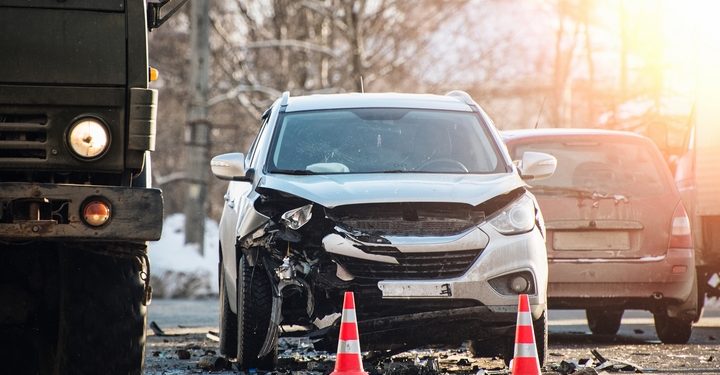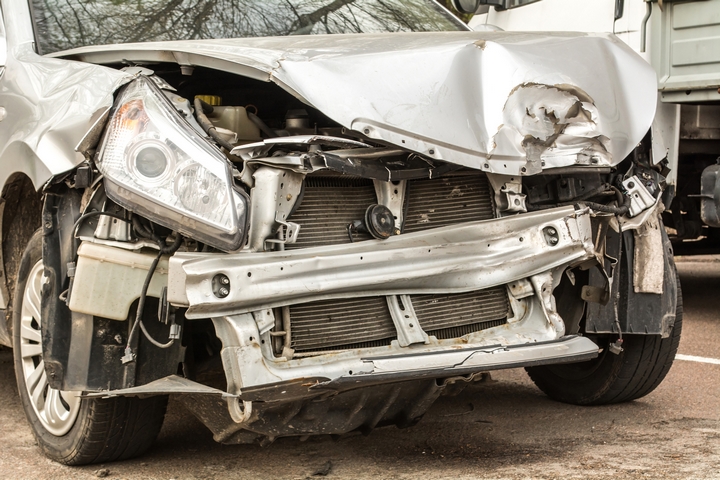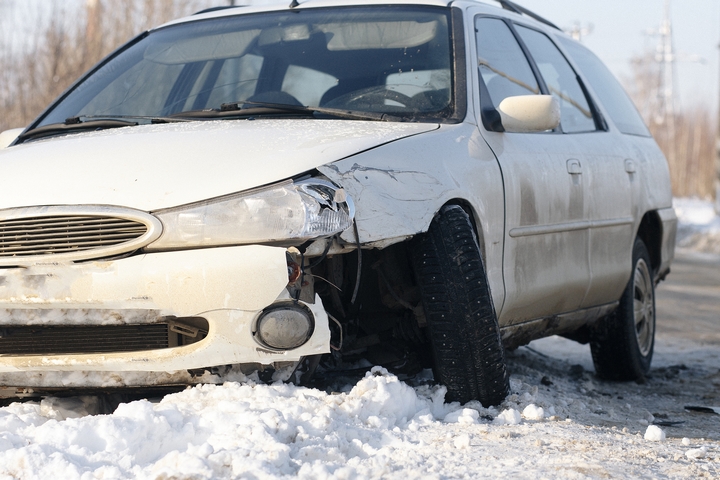Car Accident Statistics: An Analysis of Car Accident Rates & Statistics

Every time you get in a car and get on the road, you are taking a risk. However, driving is a necessary risk for most Canadians as they drive to work, do their groceries, and generally go about their day. Obviously, there are certain factors that will put you more at risk, such as driving under the influence or texting enroute. Car ownership is becoming much less attractive to millennials, particularly those who live in the city and have access to ride-hailing apps and public transit.
The soaring costs of owning a car in Canada are turning many people away from buying even a used car as Global News reported that the average costs of car ownership in Canada stand between $8,600 and $13,000 a year. This depends on whether you own a compact car or an SUV truck.
When it comes to parking in downtown city areas, that cost can go up even further. This has not necessarily led to fewer vehicle registrations in recent years, however it may diminish the amount of people willing to get on the road over the long term. This report will analyze car accident statistics in Canada and whether or not it is a growing issue. The car accident statistics will help us examine the potential causes of vehicular fatalities and injuries, and propose potential solutions for drivers and society as a whole.
Causes of Car Accidents
There are many different causes of car accidents. The most common causes of car accidents is distracted driving, which usually happens from cell phone use, but could also come from other distractions inside and outside of the vehicle.
Here is the full list with the top causes of car accidents:
| Rank | Causes of Car Accidents |
| 1 | Distracted driving |
| 2 | Driving under the influence of drugs or alcohol |
| 3 | Driving recklessly |
| 4 | Going over the speed limit |
| 5 | Dramatic weather conditions |
| 6 | Disobeying traffic laws |
| 7 | Driving at night when there is less visibility |
| 8 | Design defects with the model of the car |
| 9 | Inexperienced drivers |
| 10 | Terrible road conditions |
Certain causes of car accidents stem from human error, such as in experienced teenage drivers or newcomers to Canada that are unfamiliar with the traffic laws here. Other causes of car accidents may originate from environmental hazards, such as potholes, unpaved roads, and temporary setups like construction sites.
All of these factors can significantly increase your chance of being involved in a car accident and should be taken seriously before you decide to hit the road.
Number of Vehicles in Canada
Despite the fact that the proclivity towards driving is diminishing amongst the millennial demographic and the rise of ride-sharing apps is prompting people to turn away from car ownership, there is still an upward trend of new motor vehicle registrations in Canada. The increased number of cars on the road can drastically increase the likelihood of vehicular accidents – particularly around rush hour.
Note that the below statistics do not include motorcycle registrations, which may have a higher accident rates than regular automotive vehicles.

The number of vehicles in Canada has not decreased over the past five years.
Number of Car Accidents in Canada
 The Canadian Association of Chiefs of Police provided recent car accident statistics across Canada. In the report, it was found that the number of motor vehicle fatalities totaled 1,898 deaths in 2016 (a 2% increase from the 2015 figure of 1,860). While fatalities were on the rise, serious injuries resulting from motor vehicle accidents stood around 10,322 in 2016, which was 4% lower than the 10,748 reported injuries in 2015.
The Canadian Association of Chiefs of Police provided recent car accident statistics across Canada. In the report, it was found that the number of motor vehicle fatalities totaled 1,898 deaths in 2016 (a 2% increase from the 2015 figure of 1,860). While fatalities were on the rise, serious injuries resulting from motor vehicle accidents stood around 10,322 in 2016, which was 4% lower than the 10,748 reported injuries in 2015.
On the bright side, 2015 reported fewer cases of impaired driving (72,039) and the lowest rate since the data was first collected in 1986.
Furthermore, Canada experienced 5.2 vehicular deaths per 100,000 population in 2016 – a figure that stands unchanged from the two years prior (as reported by the Government of Canada’s Canadian Motor Vehicle Traffic Collision Statistics: 2016) These numbers are relatively low when looking at the U.S. total figures of 11.4 deaths per 100,000 population. The highest number of deaths per 100,000 population in the world can be found in Libya with a staggering 73.4 deaths.
Risk of Getting in a Car Accident
 The car accident statistics in Canada could be worse, though it is essential for people to be informed on how to lower their risks of getting into a car accident. The first and foremost is to avoid distractions while driving. This can be easier said than done in some cases (for example, if a child is acting unruly in the passenger seat or the back of the car), though turning your phone off and keeping it stowed away will prompt you to not scroll through texts while driving.
The car accident statistics in Canada could be worse, though it is essential for people to be informed on how to lower their risks of getting into a car accident. The first and foremost is to avoid distractions while driving. This can be easier said than done in some cases (for example, if a child is acting unruly in the passenger seat or the back of the car), though turning your phone off and keeping it stowed away will prompt you to not scroll through texts while driving.
Starting in 2019 in Ontario, you can actually be fined up to $2,000, a seven-day license suspension and six demerit points if you are found to have more than one distracted driving conviction. If you are caught more than two times, that fine climbs up to $3,000 and a 30-day loss of your license. Calling a cab or ride-sharing service when you are under the influence is not only an advisable alternative to driving, it is also legally required. If you have gotten into one of these car accidents, you should contact a lawyer right away to protect your rights.
You can also avoid driving at night or during terrible weather conditions to limit the risk of being involved in a car accident, obey all traffic laws and drive responsibly, as well as pay attention to the news surrounding your car model to see if there are any recalls because of design defects.
Average Car Insurance Cost
 Over the course of 2018, insurance rates have increased in Ontario, Alberta, in Atlantic Canada, according to LowestRates.ca’s 2019 Auto Insurance Price Index. This cost increase was largely attributed to the increasing trend of distracted driving and rising costs of new vehicle repairs, reports Canadian Underwriter.
Over the course of 2018, insurance rates have increased in Ontario, Alberta, in Atlantic Canada, according to LowestRates.ca’s 2019 Auto Insurance Price Index. This cost increase was largely attributed to the increasing trend of distracted driving and rising costs of new vehicle repairs, reports Canadian Underwriter.
The accident fatality rates have largely been holding steady, however, with the increase of vehicle registrations on the road and the over-reliance on cellular devices, Canada could see more car accidents in major cities and suburbs. The mounting insurance costs also lend to an attitude of higher risks amongst drivers as the population steadily increases.
Urban sprawl is another issue lending to vehicular accidents with many civilians moving from surrounding suburbs into the downtown core for work on a daily basis. A reliance on public transit can help curb the problem somewhat, though it is not a viable option for everyone. Until we see a boost in numbers, the country can enjoy its relatively low traffic fatality rate.


